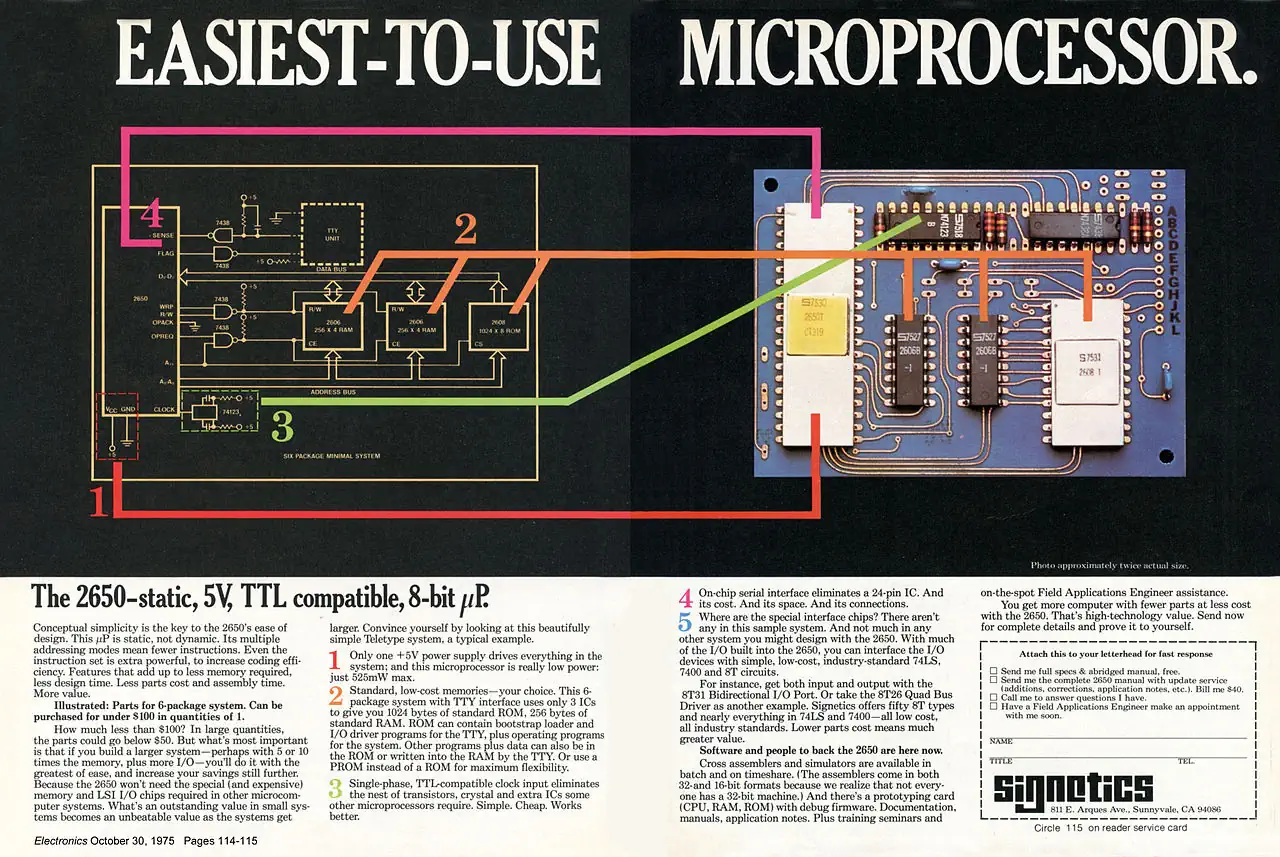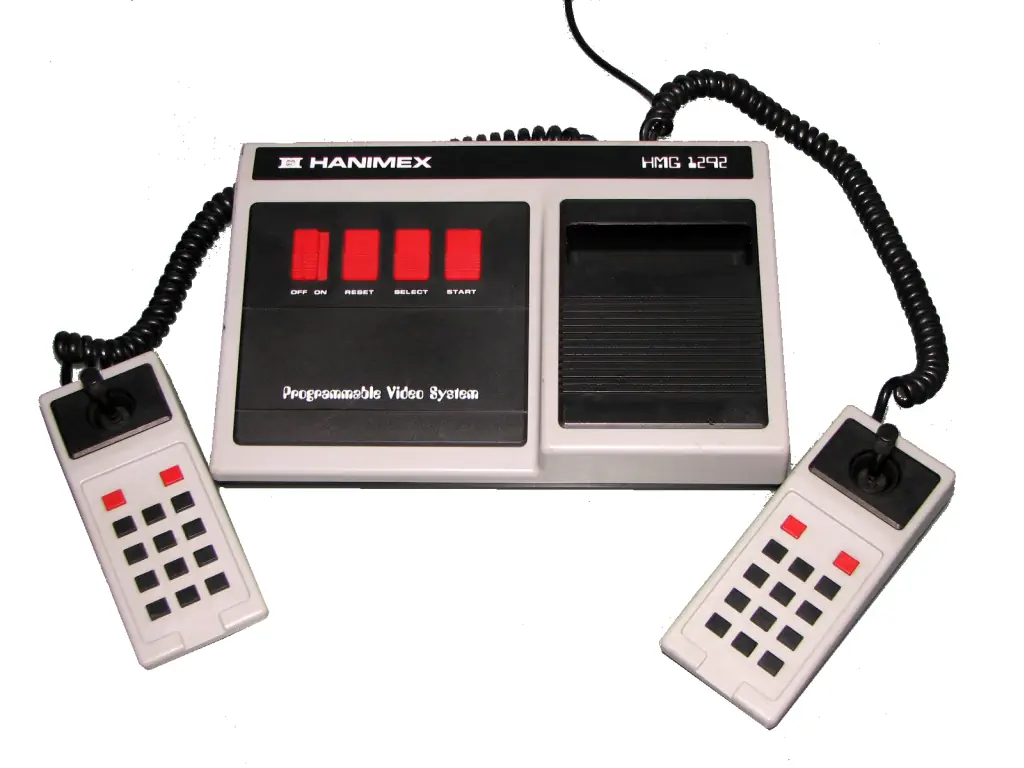Hanimex HMG-1292 Programmable Video System
The Hanimex HMG 1292 is a 1292 Advanced Programmable Video System is a second-generation home video game console. The HMG 1292 was released by Hanimex in Australia and New Zealand. Externally and internally the machine is the same as the Radofin 1292 system. All versions of the Radofin console use a Radofin XM-2050 board. Each board is stamped with XM-2050-?. The character in the ? position refers to the company that was to release the console. This Hanimex unit has XM-2050-F. If you look at the component side of the PCB it is just stamped XM-2050 and the stamping on the rear shows the F.
The HMG 1292 is part of a group of software-compatible consoles which include the Interton VC 4000 and the Voltmace Database. The 1292 Advanced Programmable Video System included its power pack inside the console instead of an exterior power pack.
The graphics capabilities of this system are impressive for a 1979 home console system. THe background can consist of a series of alternating lines, while the games can program 4 single color sprites; 1 sprite can be 1 of 8 colors. Then there is 1 score line, displaying 4 BCD digits. The graphics were provided by the Programmable Video Interface: Signetics 2636 running at 3.58MHz.
An expensive Hobby Module was available which gave 6.5 kb of user-programmable memory and had a 5 pin DIN socket to allow software to be saved to a cassette tape player. This converted the unit into a halfway house between a home computer and an ordinary gaming console. The user had to be familiar with programming in Signetics 2650 assembly language and the unconventional ways and register architecture of the Signetics 2650 processor.
The console was produced by different companies and sold with different names. Not every console is compatible with others due to differences in the shapes and dimensions of the cartridge slots (but all of the consoles are software compatible). This particular machine was fully compatible with the Radofin 1392 Advanced Programmable Video System which was produced for the wider European market in 1978.
Hanimex User Guide
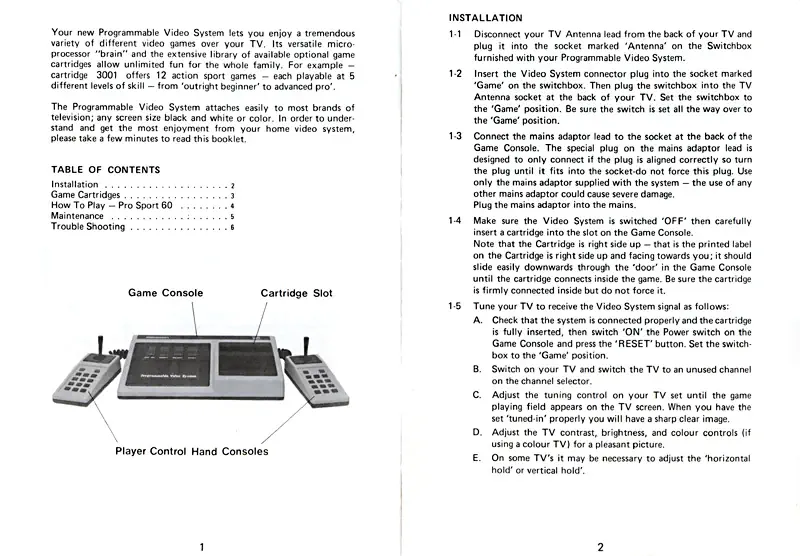
Hanimex 1292 PCB
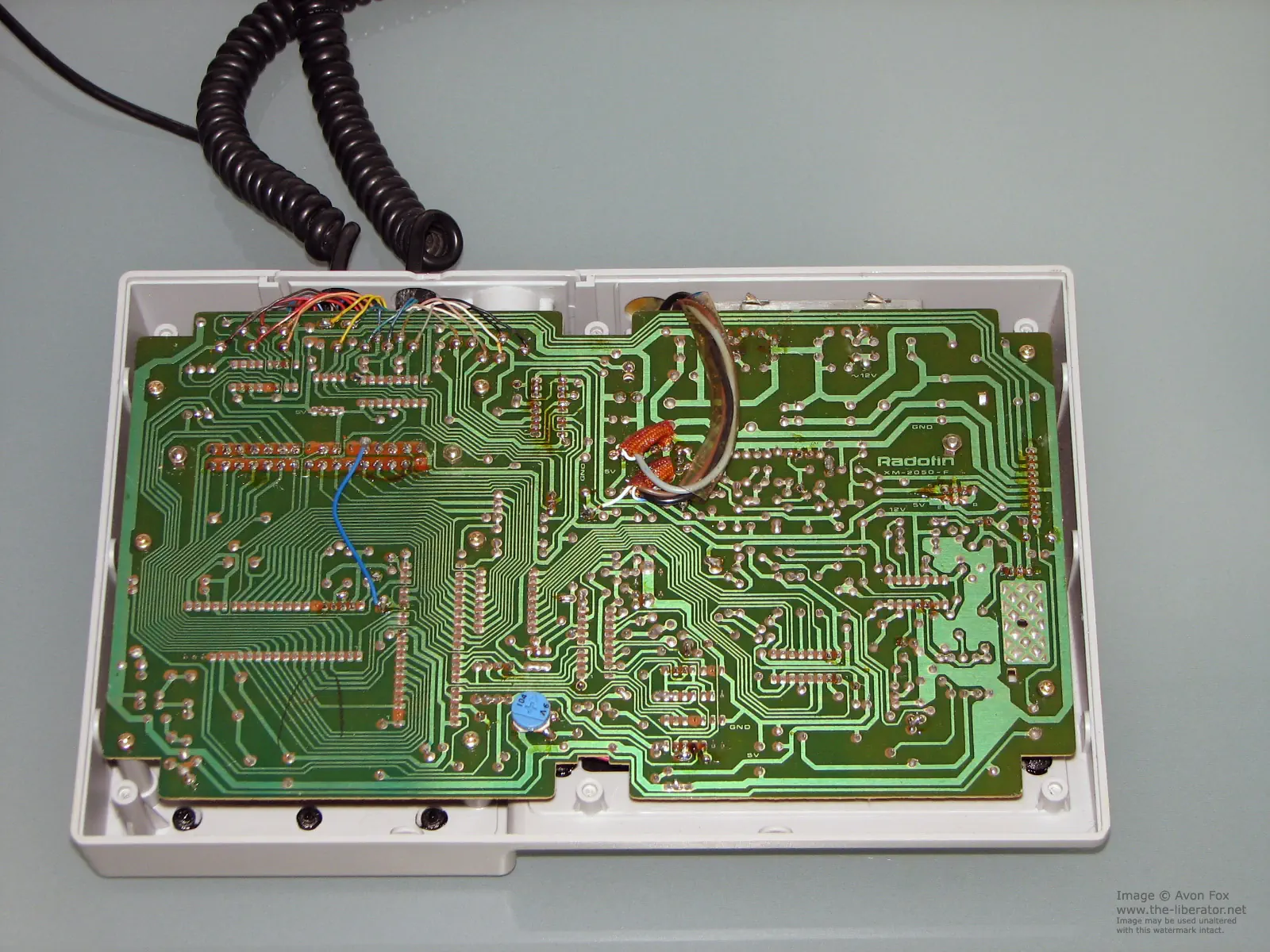
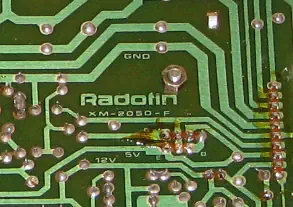
Signetics/Philips 2650 CPU
The Signetics 2650 was a 8-bit microprocessor produced by Signetics in 1975. It came in a 40-pin DIP package, had 15 address lines and could run at 1.2MHz.
The CPU was designed in 1972 by a team led by John Kessler of IBM, to compete with the minicomputers of that time. The CPU was produced using the NMOS process which used less power and produced less head than PMOS CPU designs. The base for the design was the 1130, which was a 16-bit minicomputer released in 1965.
The Signetics 2650 was one of the most advance CPUs of 1972. It easily outperformed the Intel 4004 and 8008. Due to production delays the CPU was not formally released until 1975, by which time other CPUs had been introduced that were designed from the ground up, rather than based on a mini-computer design. In 1975 Signetics was bought by the Dutch electronics company Philips.
The Signetics/Philips 2650 has four main general purpsoe registers (REG0..REG3) and three Alternate general purpose registers (REG1'..REG3'). It has one instruction addresss register, and a return address stack of 8 15-bit words. The Alternate registers could be switched between with a single instruction that controlled a bit in the status register called PSW. This allowed rapid switching of values during subroutines, interrupt handling and OS level task switching.
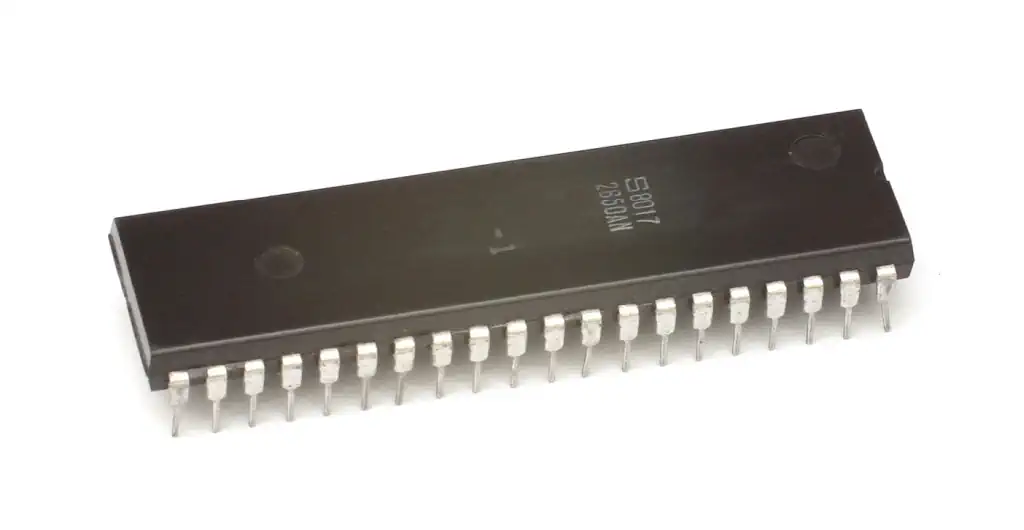
The Signetics 2636 Video Controller
The 2636 PVI is capable of generating a single square wave frequency which is then fed to other circuits that generate audio effects such as explosions, white noise or beeps.
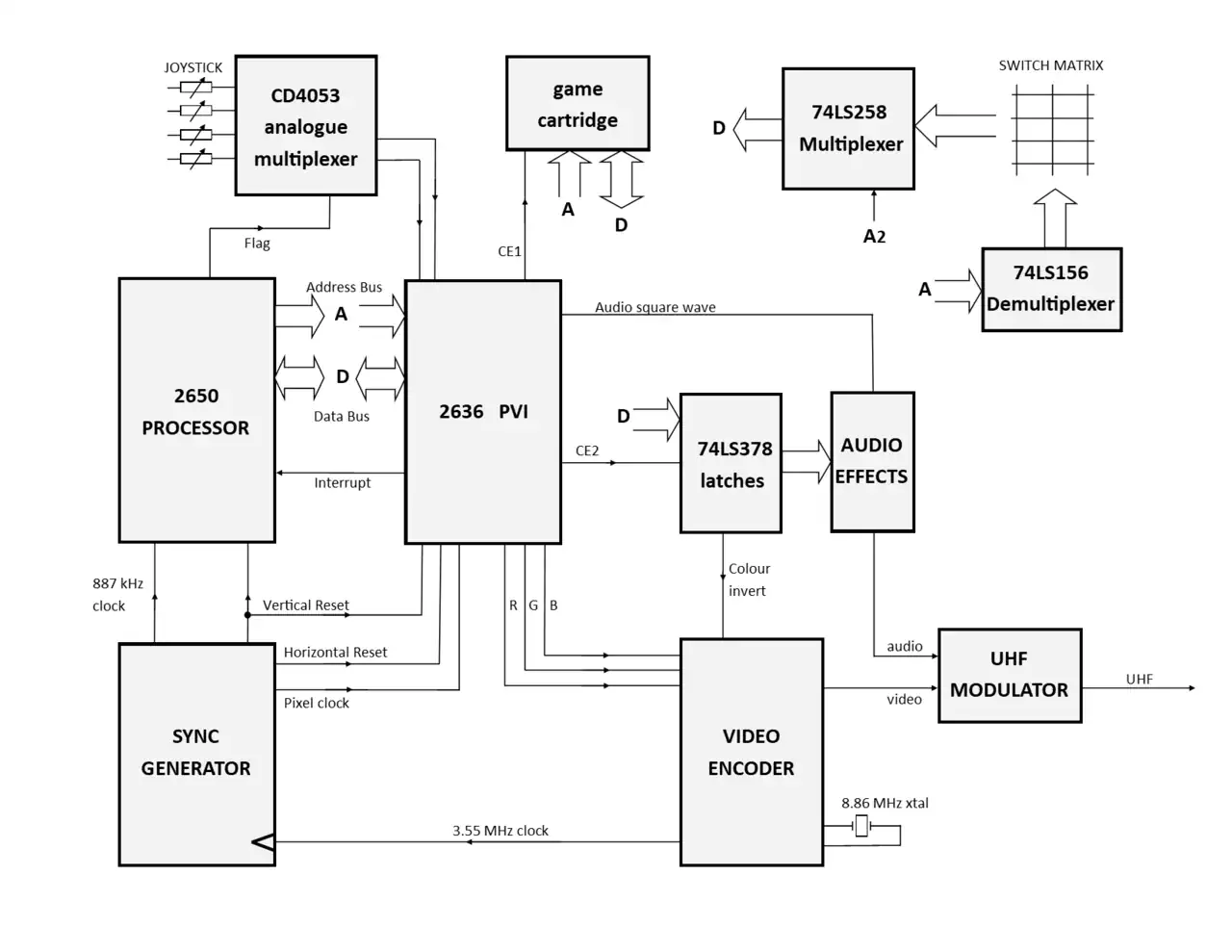
Magnified image of the 2650A die
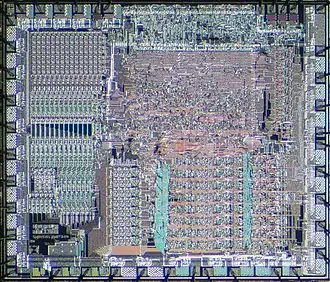
Advertisement for the 2650 CPU
